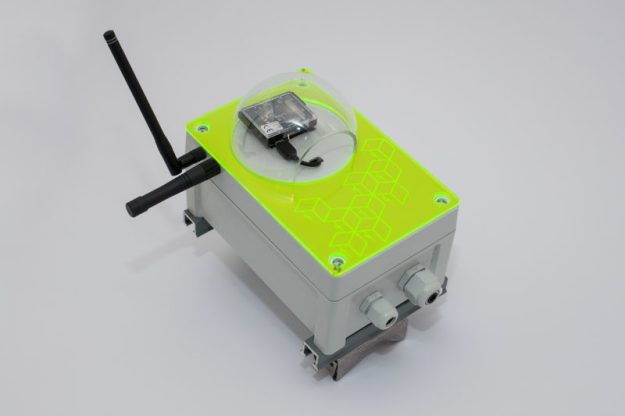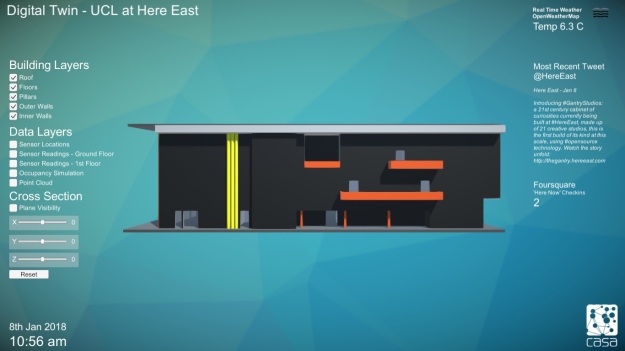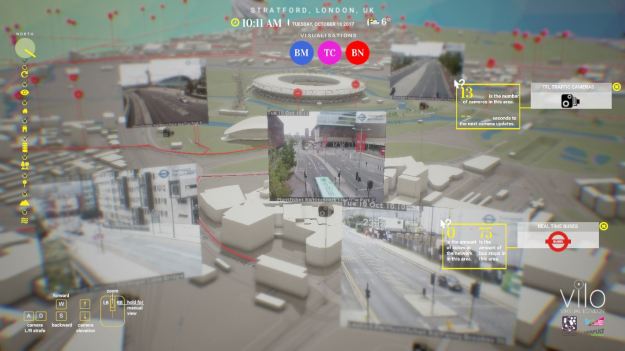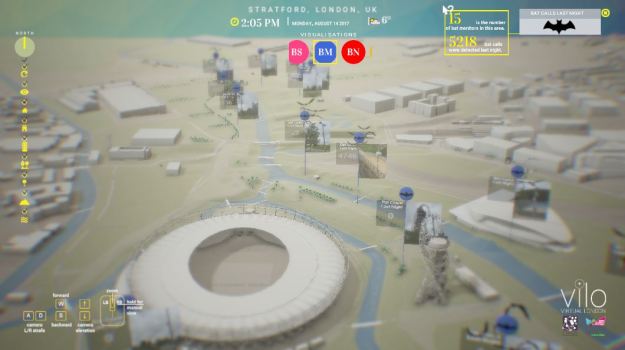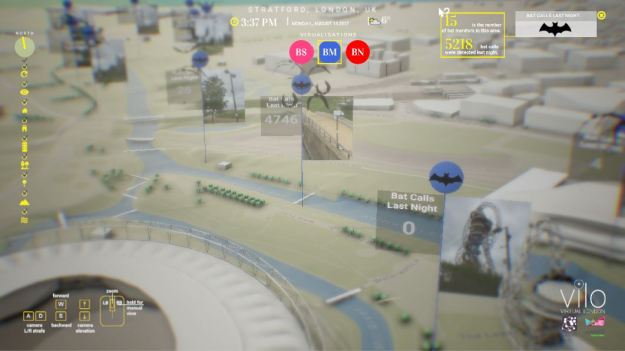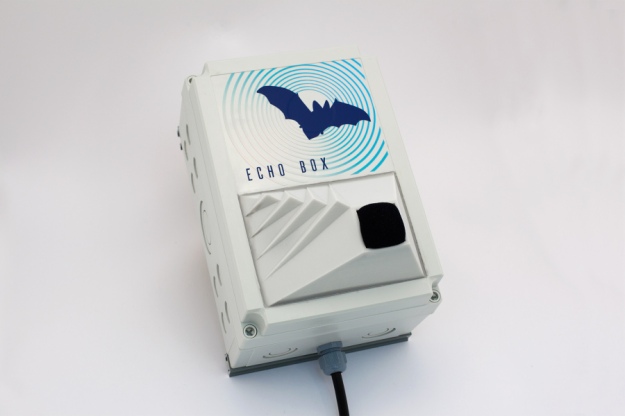
For some time there has been a free point cloud viewer available on the Unity asset store. While I was learning about the capture and processing of LiDAR data for my PhD I used the package repeatedly to visualise my data. I also made several changes to the code but couldn’t determine who the author was and whether the code had a licence. Recently I managed to get in touch with the author Gerard Llorach who kindly agreed to set up a repository for the project on GitHub with an open MIT licence. I’ve now created my own fork of the project with my updates which you can clone or download from the following location:
https://github.com/virtualarchitectures/Unity-Point-Cloud-Free-Viewer

While the free point cloud viewer was originally designed to visualise point clouds photorealistically using RGB values, I found that many of the raw point clouds I was using did not come with RGB values. However, they were rich with other information such as the return intensity of each point and its height which can be used to determine the height of buildings for generating 3D urban datasets. In order to be able to visualise these properties I updated the point cloud viewer to be able to access the and visualise them using colour gradients. You get a sense of the effect in my screenshot above of the ArcelorMittal Orbit tower on the Queen Elizabeth Olympic Park in London. Post processing effects and shaders can be used to further manipulate the visualisation in Unity.
My code currently assumes that a comma delimited XYZ file with an .xyz extension will be provided. The code also anticipates a file containing up to seven columns of data in the format XYZRGBI (where I is intensity). At present you need to manually check your files to determine min and max values for Height and Intensity, if you intend to use those features. Be prepared to adjust the code to suite your data if necessary.
Personally I love the abstract look this gives the point clouds, especially when viewed in Virtual Reality. There are a number of great projects which use point clouds creatively as a visual metaphor for alternative modes of perception. My favourite is a wonderful VR experience called Notes on Blindness which accompanied the film of the same name. The film and VR experience tell the story of Philosopher John Hull who recounts the gradual deterioration and loss of his sight in an inspiring and uplifting audio diary of his experiences. Another example was In The Eyes of the Animal which places the user in an immersive audio visual experience as one of four animals exploring a forest. Finally, Where the City Can’t See is a speculative film by Liam Young and Tim Maughan which was shot entirely with laser scanners and proposed to depict the near future city as seen ‘through the eyes of the robots that manage it’.
I started working with the package after attending a workshop by the Bartlett scanning group B-Scan in 2017. Dominik Zisch in particular was great at suggesting ways I might by change the code to meet my aims. There are still lots of features and small touches I’d like to add when I have the opportunity. While my changes aren’t yet ready for the asset store, I do hope to have some of them incorporated in the near future. In the meantime you are free to clone or download my fork of the repository and experiment with the updates. Have fun!

